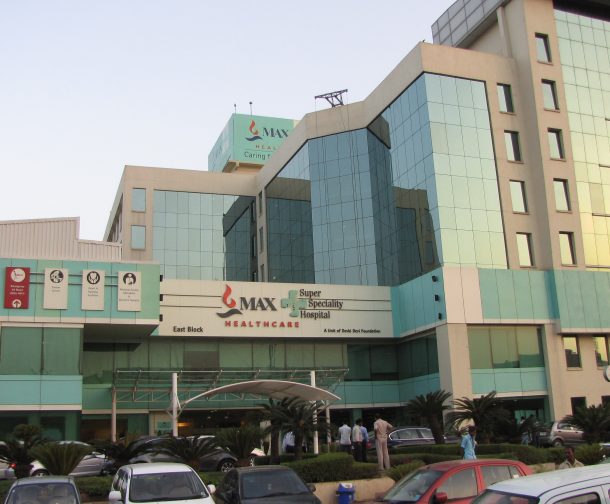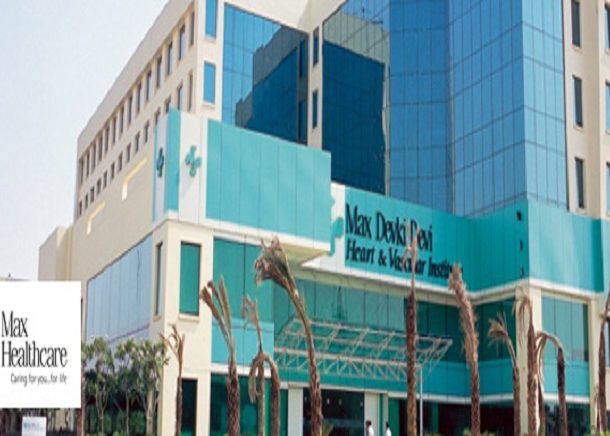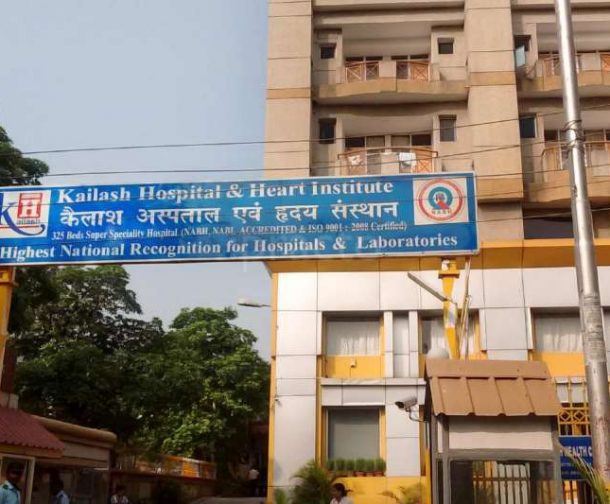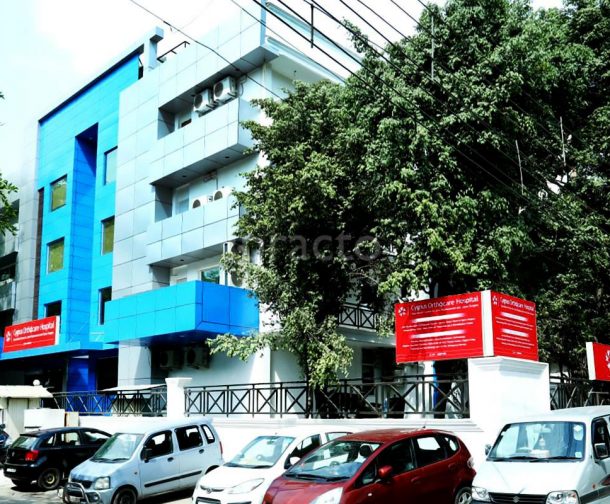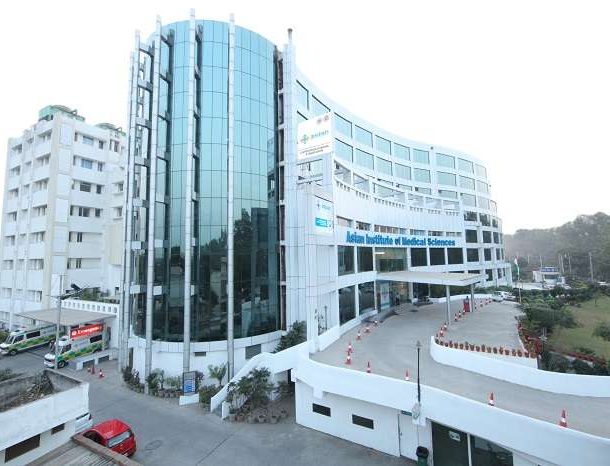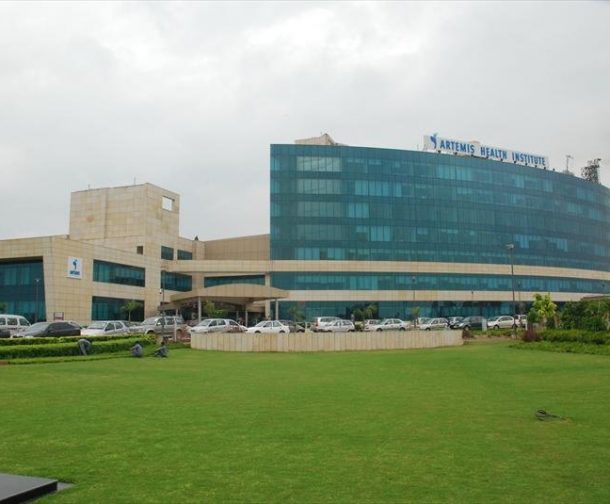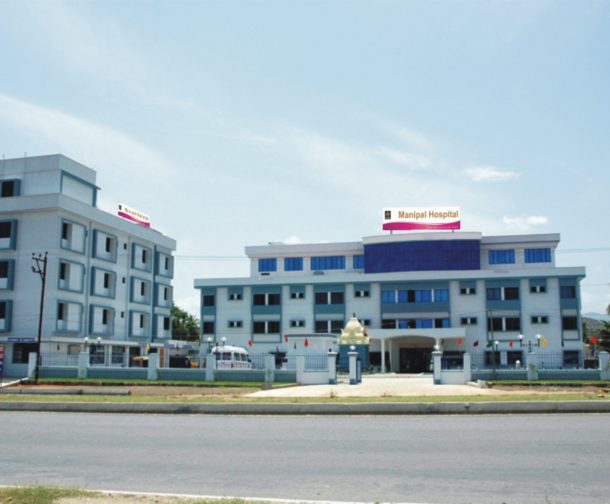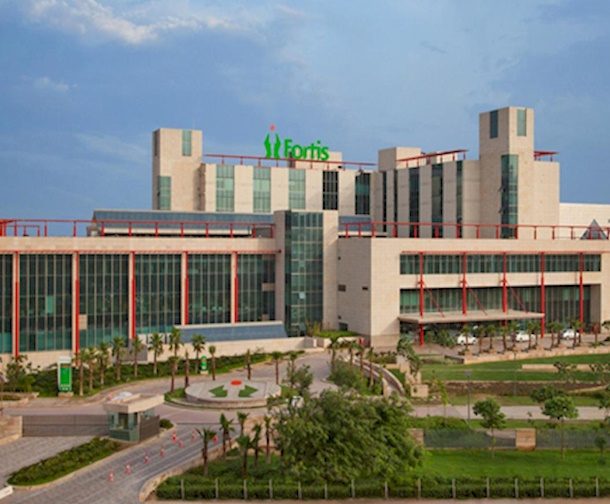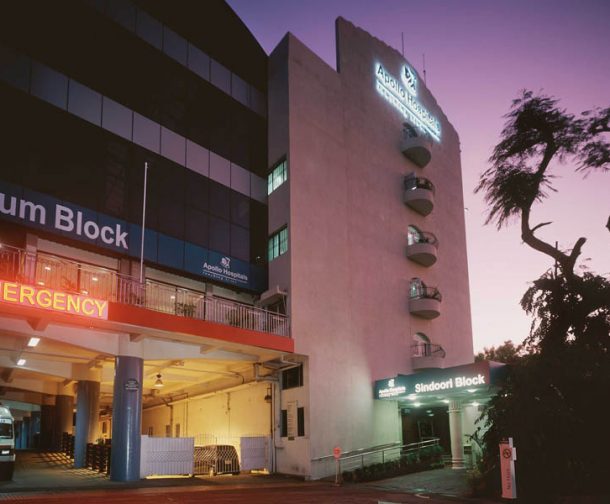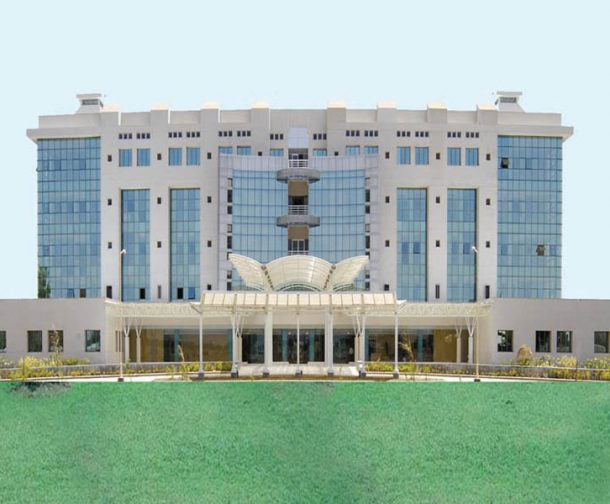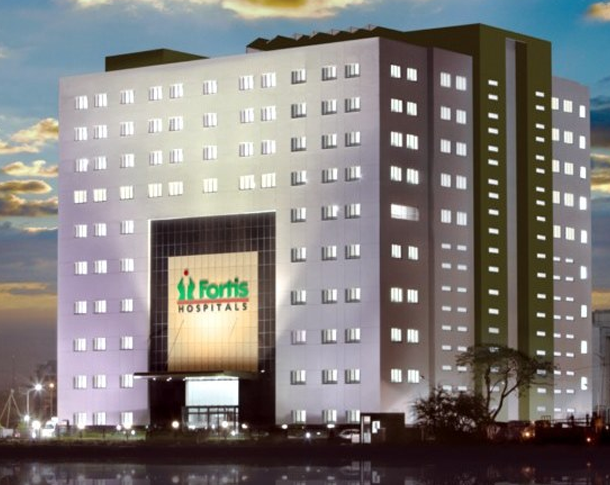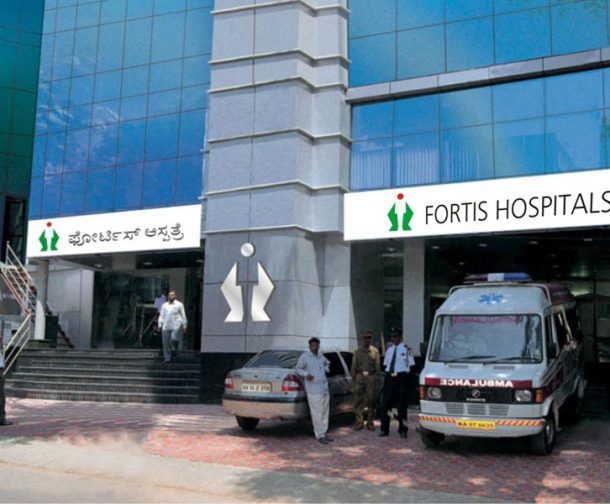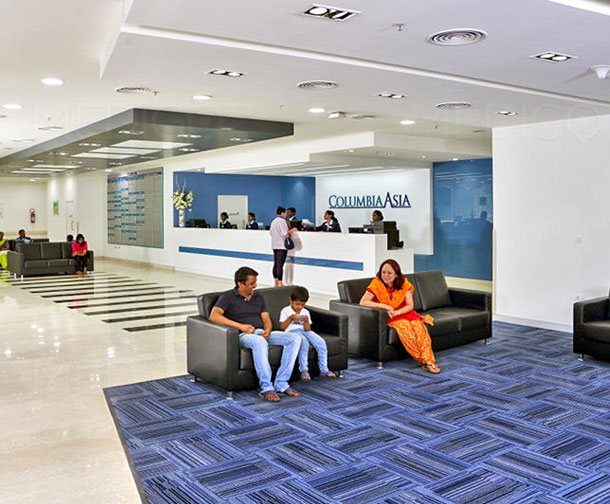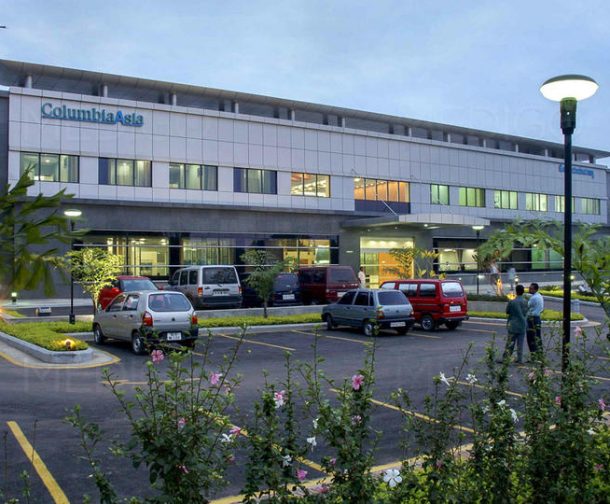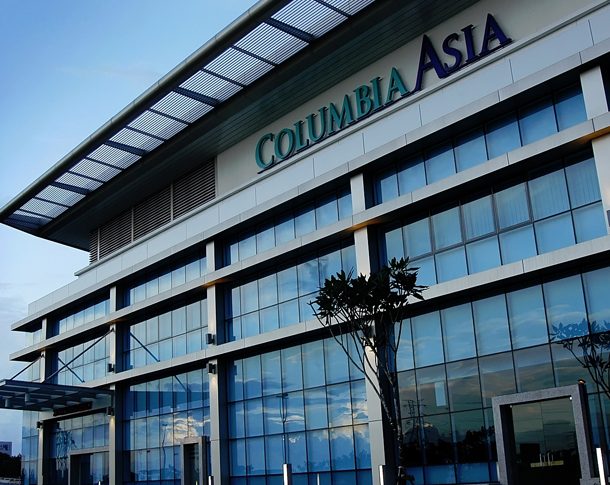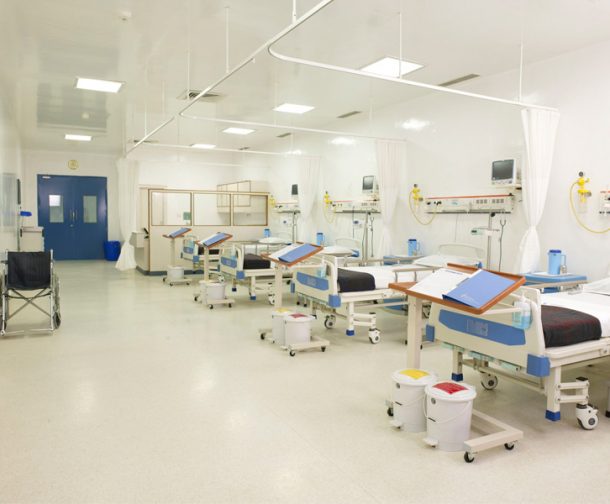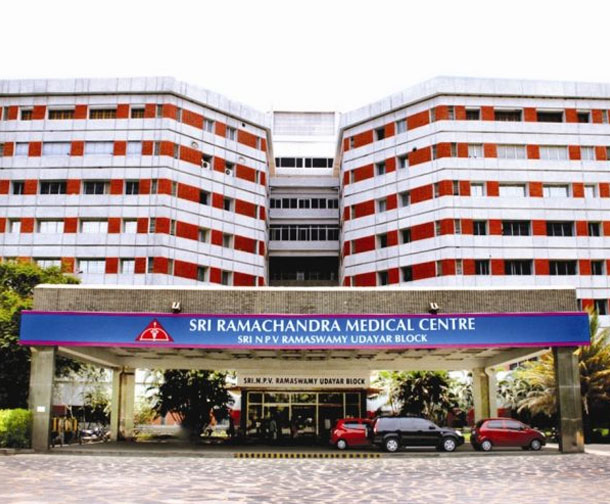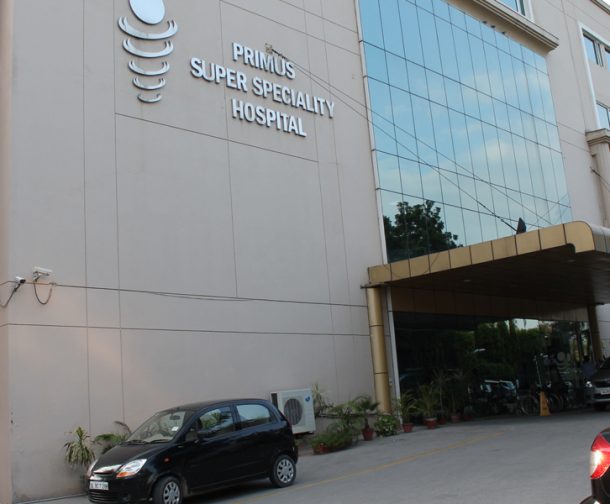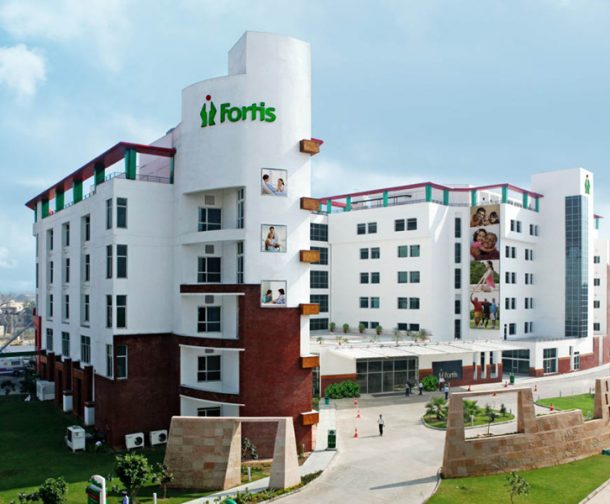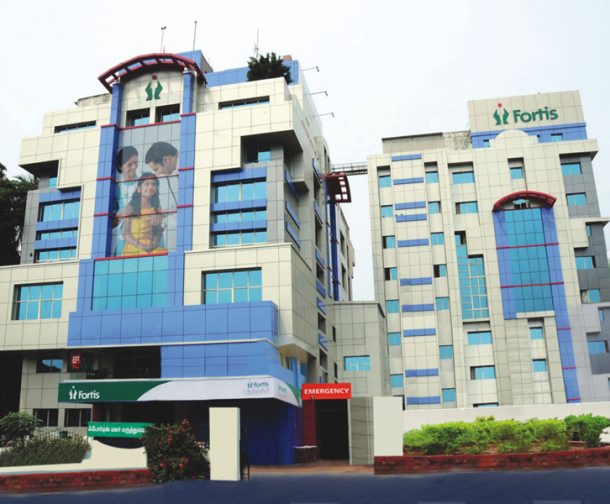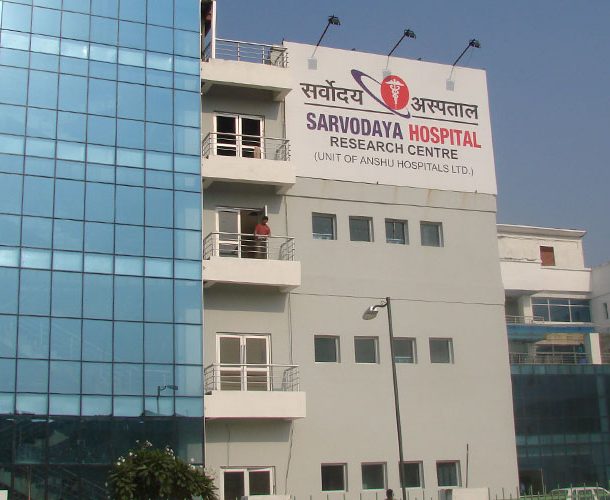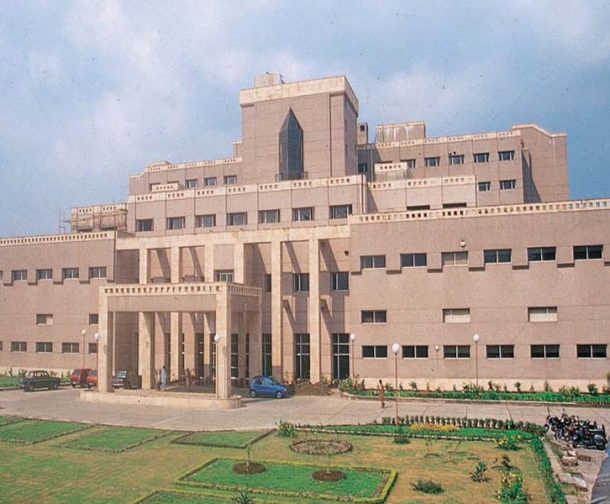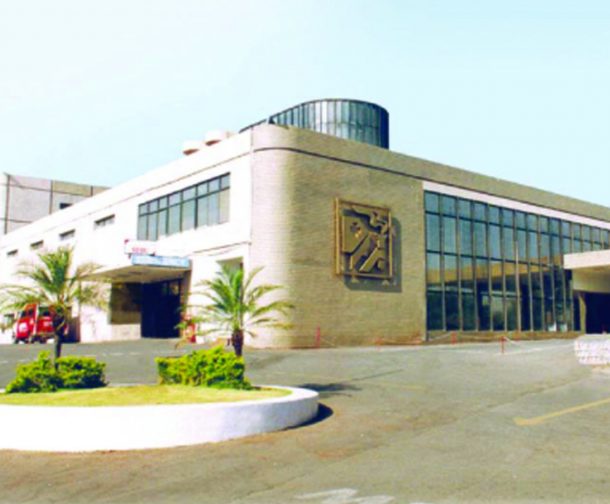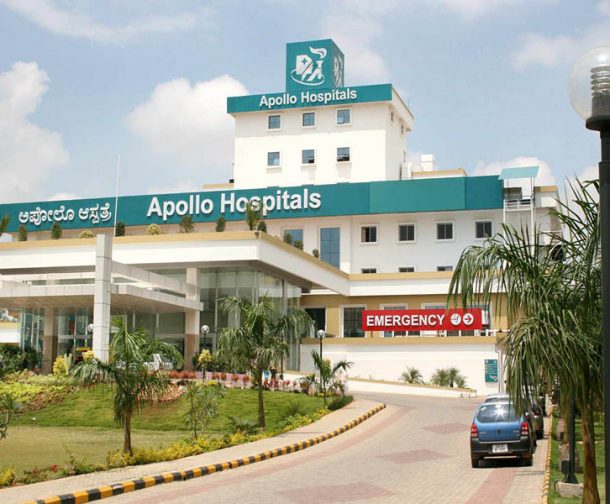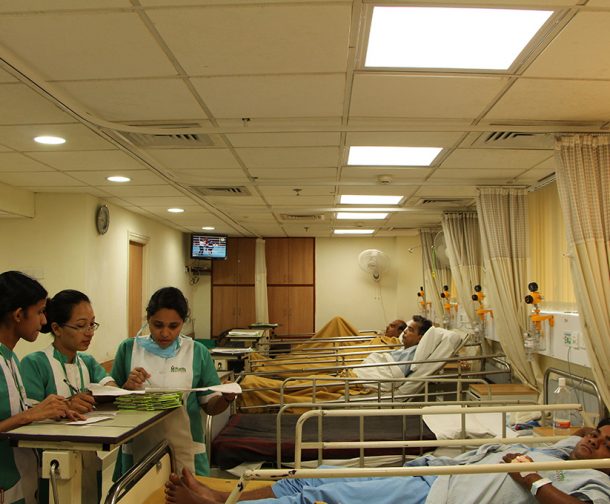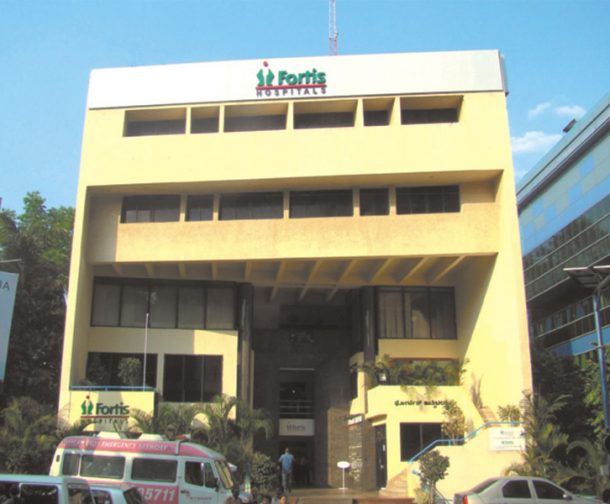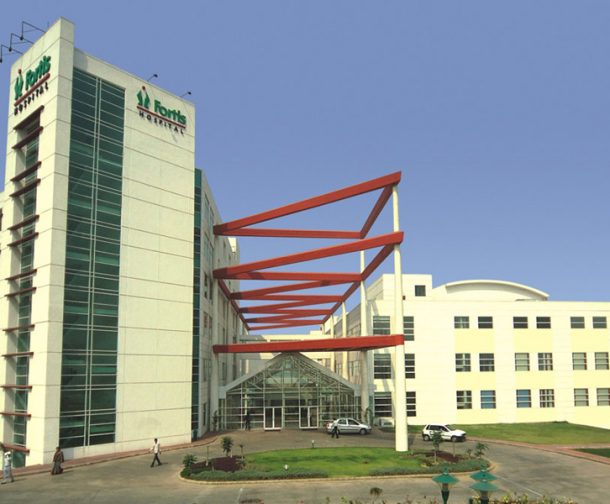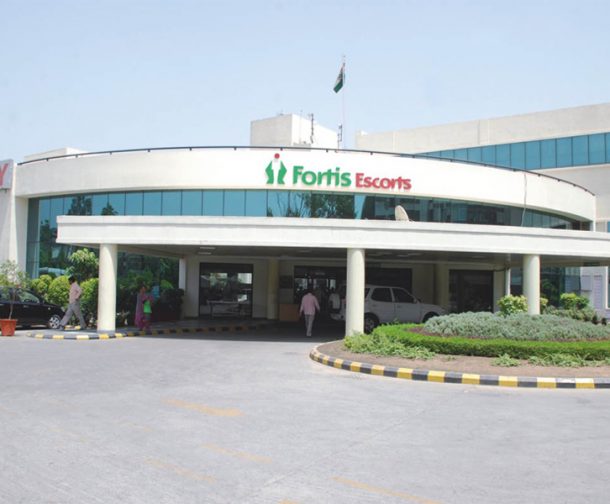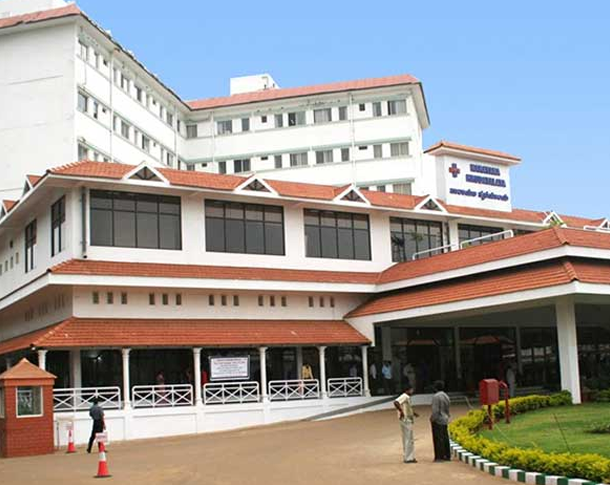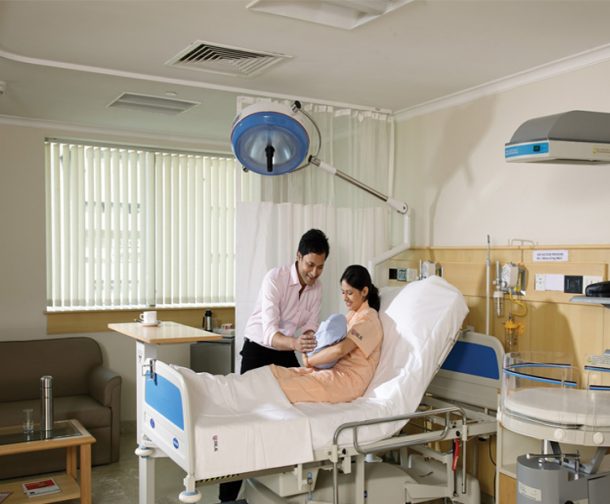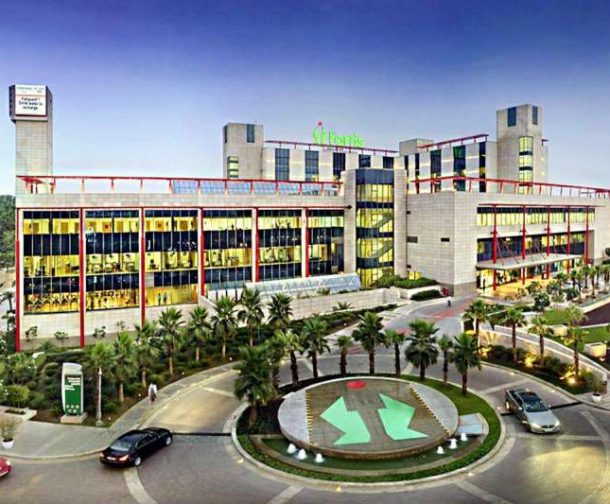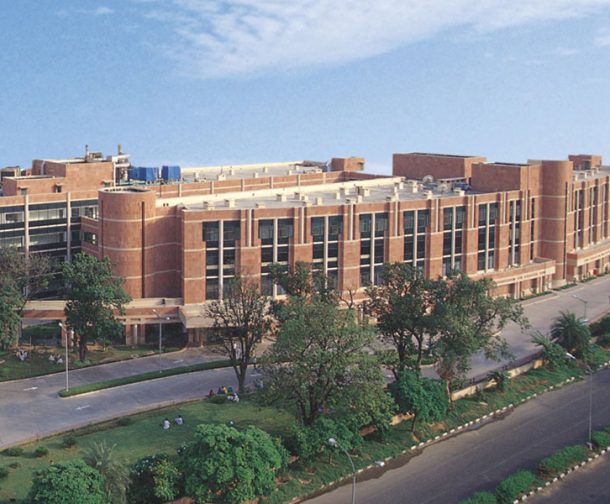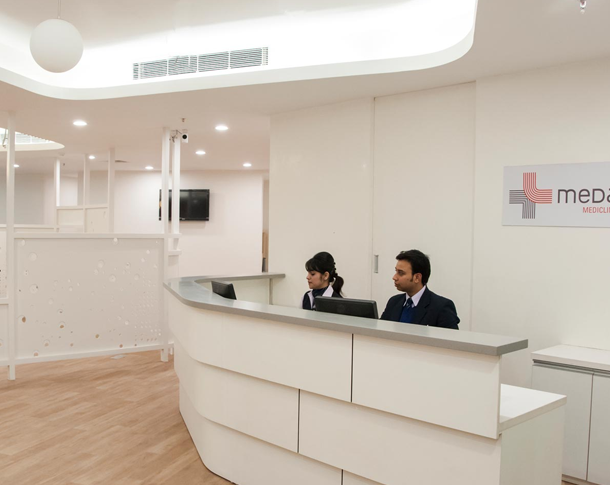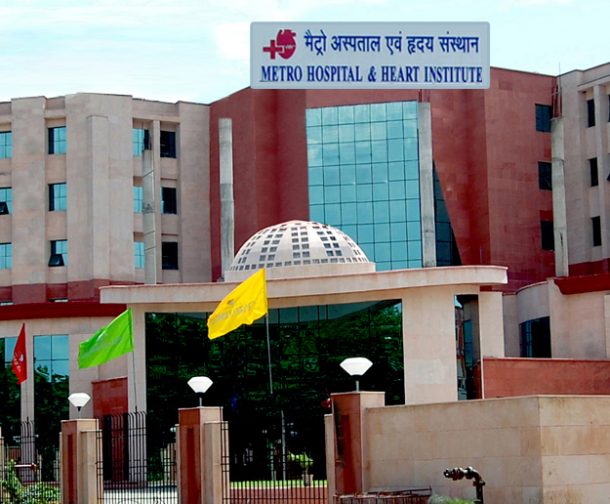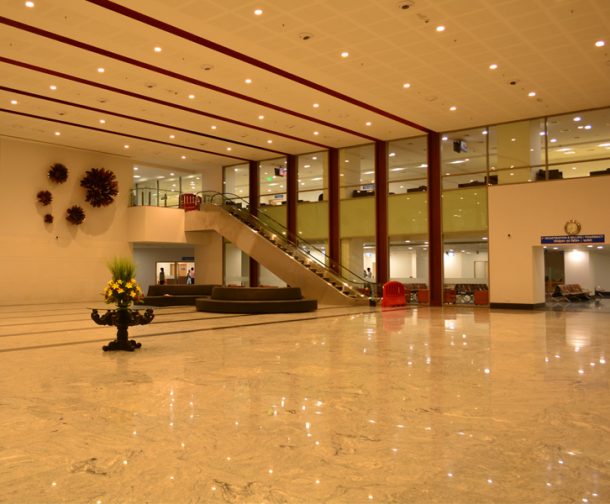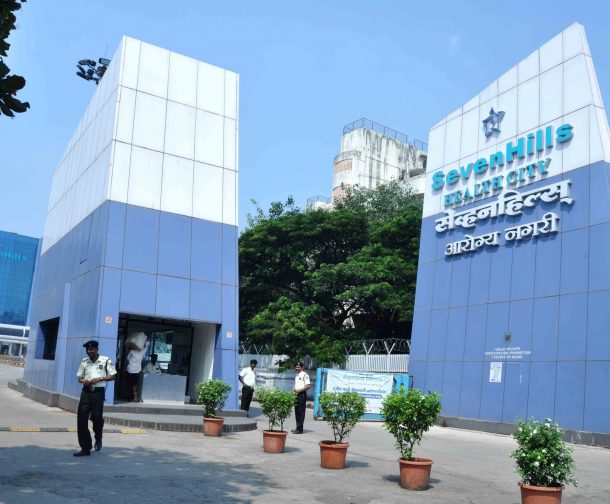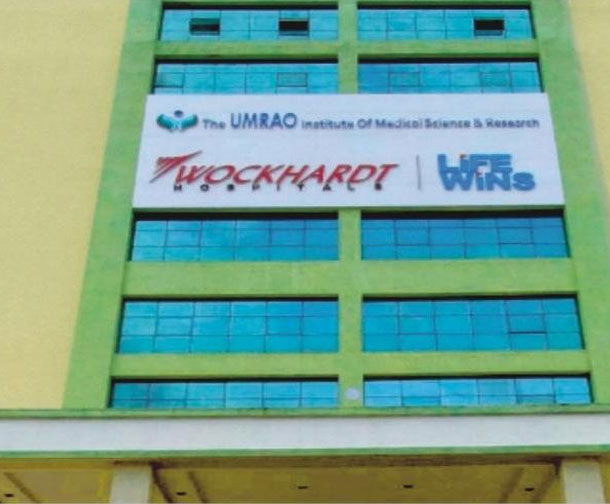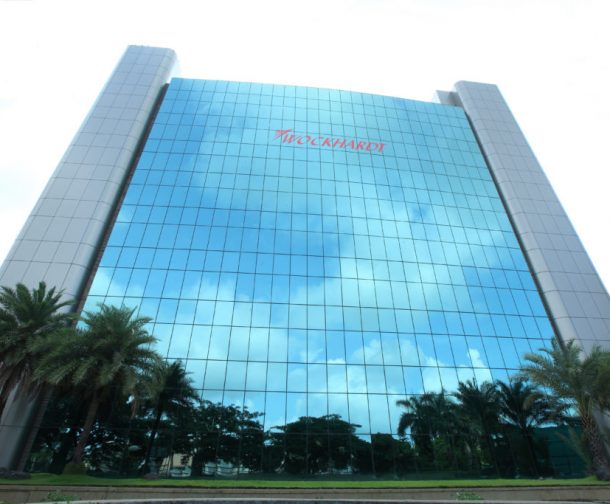
Orthopaedics
Orthopaedics is a branch of medicine concerning the disorders and diseases of the musculoskeletal system. An orthopaedic doctor uses both non-surgical and surgical methods for the treatment of degenerative diseases, spine diseases, congenital disorders, tumours, infections and sports injuries.
The term ‘’orthopaedics’’ was coined by Nicolas Andry and is derived from Greek words, ‘’orthos’’ meaning straight. The concept was initially developed with regard to children and gradually orthopaedic practice became the study of correction of bony deformities and spinal deformities in all stages of the human life.
An orthopaedic surgeon plays a special role in treating deformities and mistakes in bones or joints, ligaments or nerves and tendons or cartilage. The sub-speciality of orthopaedic surgery includes ankle and foot surgery, hand surgery, pediatric orthopaedics, surgical sports medicine, orthopaedic trauma, elbow and shoulder surgery, total joint reconstruction, total knee replacement and spine surgery.
Visiting an orthopaedic clinic becomes necessary if an individual suffers from any kind of spinal and bone problems. The surgeons are adequately-skilled and well-versed with the diagnosis and treatment of degenerative disease, tumours and infections, repair of femoral neck fracture, spinal fusion, ankle fracture and femoral shaft fracture.
The majority of surgical procedures carried out across the world are majorly orthopaedic. Orthopaedic conditions are visible in children, as well as in adults. It is a common problem that develops with age. With the advent of advanced medical science, diagnosis methods and treatment, it is now feasible to attend to the most complicated orthopaedic conditions with flair.
Nearly all types of complex and critical surgical procedures are performed by the best orthopaedic surgeons, which includes ankle arthrodesis, anterior cruciate ligament reconstruction, decompression posterior, decompression anterior, disc replacement, hip resurfacing surgery, prosthesis, total hip replacement, total knee replacement, shoulder arthroscopy and knee arthoscopy.
The major problem with joint replacement is wear and tear of the surface of the prosthetic components. This is a common problem with aging and using alternative bearing surface is the key solution here. However, advances in medical technology have now increased the life of prosthetics drastically, with each component lasting for more than 20 years.
Procedures of Orthopaedics
Ankle Arthodesis
Ankle arthritis is quite common, which is characterized by pain and diminishing function of the ankle. Also known as ankle fusion, ankle arthodesis extracts ankle bones and then fuses them together. Ankle arthodesis not just eliminates pain of the ankle, but also removes motion problem in the ankle joint. Therefore, ankle arthritis is best treated with ankle arthodesis.
Anterior Cruciate Ligament (ACL) Reconstruction
This is a type of surgical tissue graft replacement required for restoring the function of the knee post surgery. This graft replacement is carried out on the anterior cruciate ligament. ACL reconstruction recovery time is six weeks, but it can take longer, depending upon the age and the overall health of the patient.
Carpal Tunnel Release
Patients suffering from Carpal tunnel symptoms, need Carpal tunnel release, which is a type of surgery performed to cut and open transverse carpal ligaments to provide relief to patients from severe pain. Post surgery, the affected area takes time to heal as the area stays numb and painful for some days.
Decompression Anterior or Antero-Lateral Spine
Decompression anterior or antero-lateral spine is referred to the padding and addition of soft tissue to bony structures. This type of surgery helps patient lie on their back with their head upwards. During the surgical procedure, compression boots are used for patients at their lower extremities to prevent blood clot development.
Decompression posterior and fusion spine
This type of surgery is performed to remove a part of the bone over the nerve root or disc material to enable more space at the nerve root. The purpose of the surgery is to ensure better healing environment at the nerve root. This type of surgery is done to help patients get relief from pain due to pinched nerves, also known as neural impingement.
Decompression posterior and fusion spine (Level II)
A small incision is made (4 to 8cm) during decompression posterior and fusion spine (level II) at the lower back. The objective of the surgery is to fuse lower back at level two different levels of the spine. The objective is to decorticate transverse processes and also facet joints. In the procedure, bone grafts are positioned on the sides of the vertebrae.
Disc Replacement (Cervical/Lumbar) One Level
Used as an alternative to fusion, disc replacement (cervical/lumbar) one level is a type of weight-bearing implant. This type of surgery ensures controlled motion at level one. It has many benefits that include longer implant stability through bone-in-growth. Other benefits include easy movement of muscles or lumbar bones without difficulty.
Disc Replacement (Cervical/Lumbar) Two Levels
Patients suffering from symptomatic degenerative disc disease, undergo disc replacement (cervical/lumbar) at level two. This type of surgery is meant to correct two adjacently injured cervical discs. The final goal is to replace two problematic discs with two artificial disc devices.
Hip Resurfacing Surgery
During the hip resurfacing surgery, a cobalt-chrome metal cap is fitted on the femur and another cup is fitted on the acetabulum. The purpose of hip resurfacing surgery is to replace the damaged articulating surface on the hip joint. The major benefit of hip resurfacing surgery is a minimized chance of hip dislocation.
Knee Arthroscopy
Knee arthroscopy addresses any kind of knee problem with the best approach. A small incision is made on the knee during knee arthroscopy to insert an endoscope with a camera attached to it into the knee. After the surgery, the normal joint fluid is restored to ensure flexible knee movement. The recovery after knee arthroscopy is six weeks.
Menisectomy
Menisectomy is a medical condition characterized by torn meniscus in the knee. A surgery is warranted in this case for meniscus repair. With the help of surgery, the torn meniscus is operated and eliminated to relieve the patient from the severe pain. In younger patients, this type of surgery is most commonly performed. After the torn meniscus is removed, the area heals with time. The older patients usually need knee joint replacement in such cases.
Open reduction internal fixation (ORIF)
Open reduction internal fixation (ORIF) is a surgical procedure performed to correct broken bones. In case of complicated bone fracture, ORIF is helpful since the procedure realigns bone fracture by reducing its size so that it can be fitted in place. It is a longer procedure that takes up to two or three hours.
Prosthesis
Prosthesis helps replace any joint or bone of victim’s body which is lost due to trauma, disease or congenital conditions. Depending on the overall health, need and functioning of the patient, the doctor may decide the extent of prosthesis required. The cost of prosthesis varies, depending upon the type and the demand of prosthesis.
Shoulder Arthroscopy
Shoulder arthroscopy is needed when tissues around the shoulder or in the shoulder get damaged due to any accident or trauma. During the arthroscopy procedure, an instrument called an arthroscope is used to guide a small camera through a small cut in the skin. The camera offers a clear view of the shoulder. The ultimate purpose is to help patients move their shoulders easily.
Total Hip Replacement B/L
This type of surgery is done to offer relief to patients from hip pain. Total hip replacement bilateral is advantageous and has many benefits. The patients are administered with general anaesthesia when the procedure is performed. The recovery time is brief. During this surgery, the hip joint is replaced by a prosthetic joint.
Total Hip Replacement U/L
Artificial parts are used to replace diseased hip joint of one hip in case of unilateral total hip replacement. Total hip replacement unilateralis essential if patients have damaged hip joint that results in excruciating pain while performing daily normal activities such as walking, running, or getting into car. Once the surgery is performed, your hips are able to move easily in a pain free manner.
Total Knee replacement B/L
This type of surgery is performed to replace damaged joints of both the knees with prosthetics. During the bilateral total knee replacement procedure, the surface of the joint is removed, arthritic ends are shaved off and then the same is replaced with metal and plastic surfaces. This type of replacement is required to ensure free and easy mobility.
Total knee replacement U/L
When arthritis causes damage in one knee compartment, unicompartmental knee replacement is required. That is, during this procedure, the damaged parts of just one knee is replaced with prosthetics. Recovery after knee replacement of this type is rather quick, especially in comparison to bilateral total knee replacement.
Transforaminal lumbar interbody fusion (TLIF)
Transforaminal lumbar interbody fusion (TLIF) is performed to fuse the anterior and posterior columns of the spine through spine approach. Post TLIF surgery, almost 60 to 70 percent patients show an improvement, which is quite commendable. TLIF uses minimally invasive surgical technique for the fusion of bones to help patients recover quickly.

